Voru
Ancient village of Voru in Northern Tajikistan
Voru is one of the most ancient villages in Tajikistan. The village is situated at 2200 m above sea level and belongs to the Sughd region in the Northern part of Tajikistan and in the Fann mountains. Voru lies in the western part of the Fann Mountains and the northern part of the Gisar ranges and east of the famous trekking destination of Seven Lakes (Haftkul). Voru village is also surrounded by numerous other attractive mountain lakes like the lake “Alo” in the Amshud gorge about 3000 m above sea level, lake Khushkhunda and Nahang. The reason to visit Voru is the peculiar way of how the village has been built, the rural old style way of life and the amazing nearby nature. Voru is included in most of our Northern Tajikistan Tours.
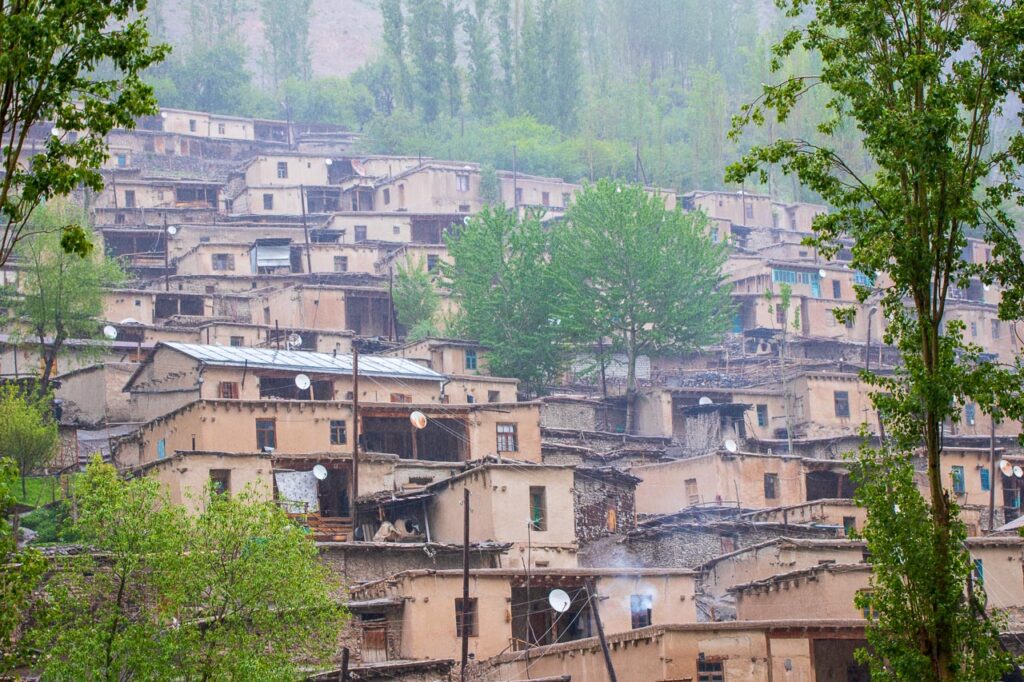
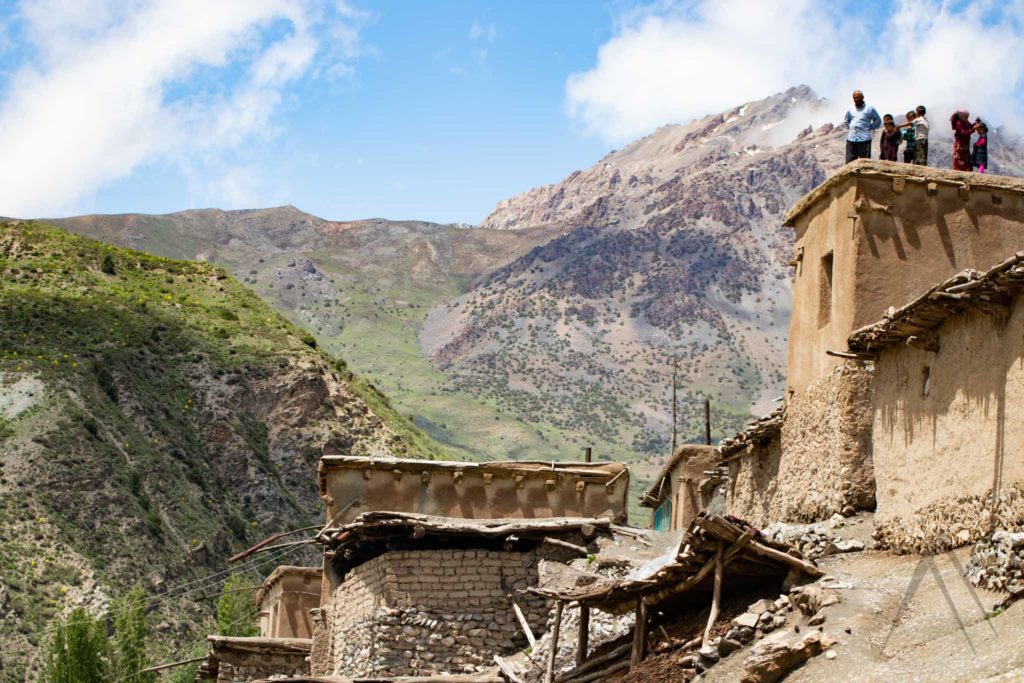
Voru Fauna and Flora
The area of the Voru is covered by green gorges and high mountains and is extremely scenic. During sunny days, the nearby high capped peaks are well visible from the village. Rivers, gorges, ravines and mountain slopes are surrounded with the forests and thickets everywhere and there are several rare medicinal plants also growing in these mountains. Furthermore, the area rich with maple, birch, wild poplar, barberry, currant and wild cherry.
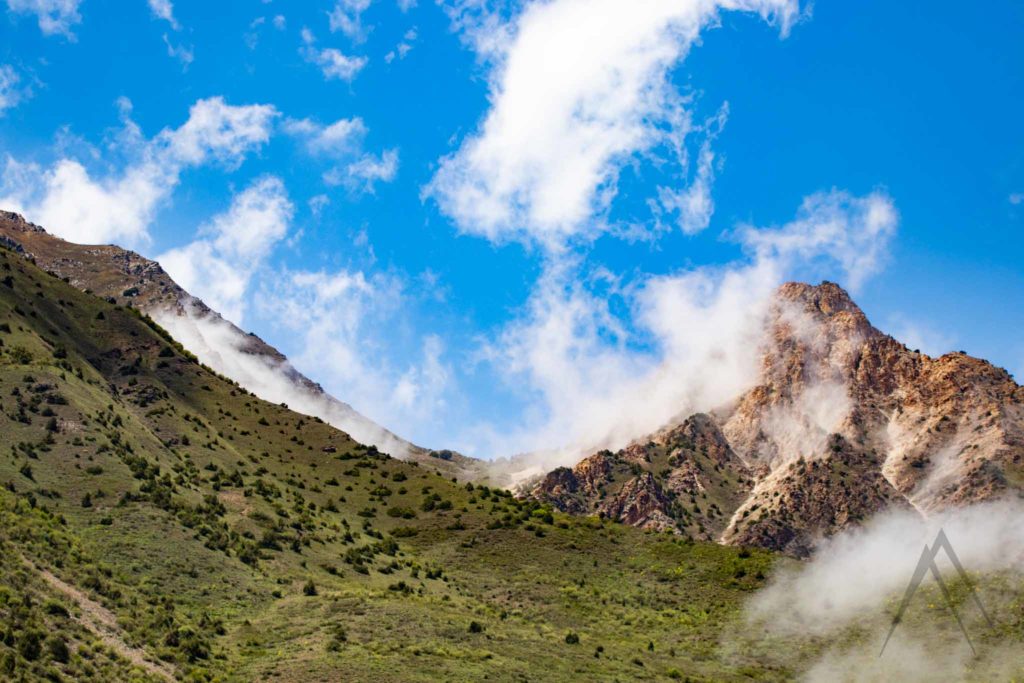
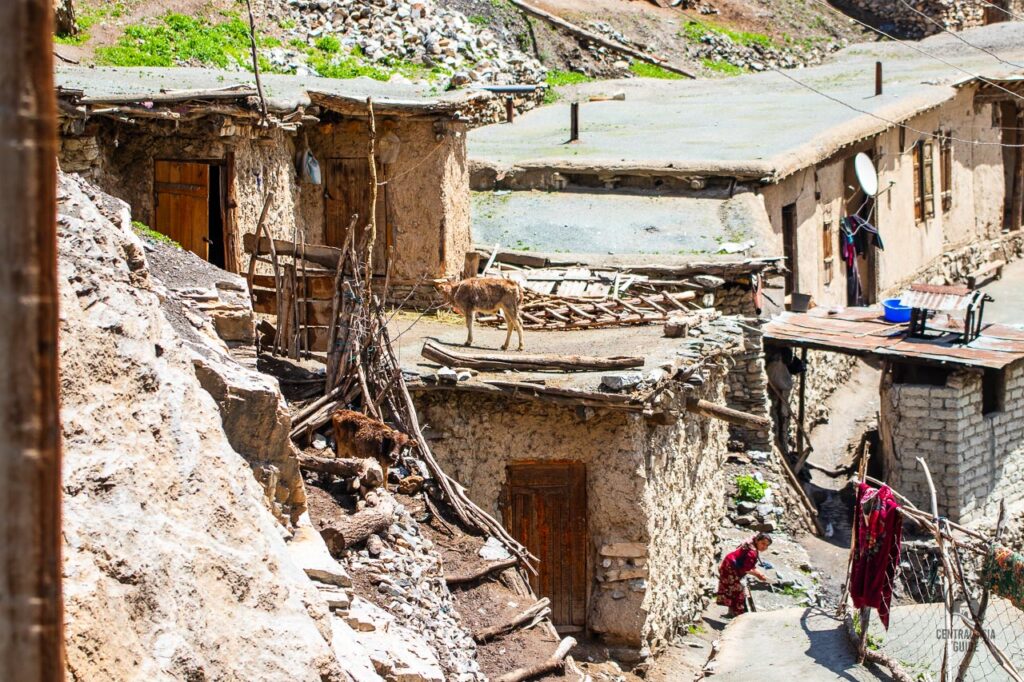
The mountains inhabit a variety of wild animals such as mountain goats on the cliffs, the snow leopard at the height of the snow-capped mountains and on the slopes of the mountains, the red bear, lynx, marmot, wild boar, wolf, fox, porcupine and rat. There is also a diverse bird world here. On the heights of the meadows sweet-voiced birds like ular (mountain turkey), stone partridge and river black starlings chirp with the nightingales. Particularly in spring and summer, the chirping of different birds doubles the beauty of nature and the pleasant scenery of Voru.
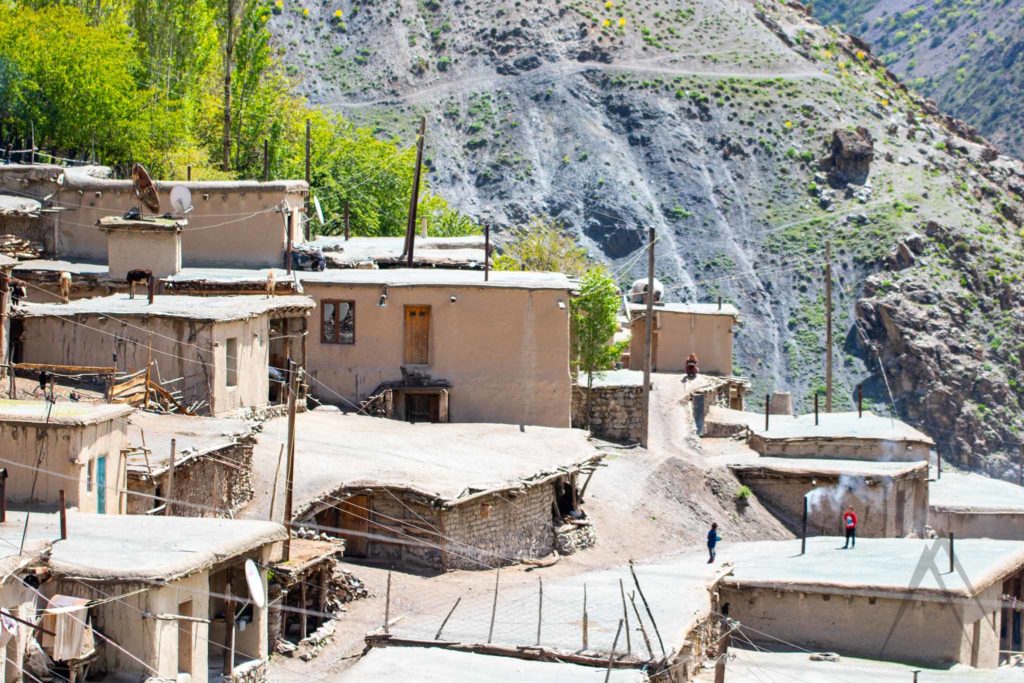

Voru houses and residents
Houses in this village are constructed in the form of stairs like a cascade. The roofs of the houses are made from compacted clay that does not allow the rain through and it is very common to see people standing and walking on top of their neighbors’ houses. People here are the descendants of Sogdian. Voru village is also very interesting during rainy times as the erosion caused by heavy rain could easily eat away whole houses. So in the event of a rain, the locals promptly pick up a shovel and start to manage how the water flows through the village. Voru village is a lively village and a great place to see some rural life of the villagers attending the local school and mosque.
It is not possible to move inside the village with a car as there are no wide enough roads and also the village location is too steep for cars. The only ways to move around are by walk or by donkeys as the locals often prefer, especially when carrying heavy loads.
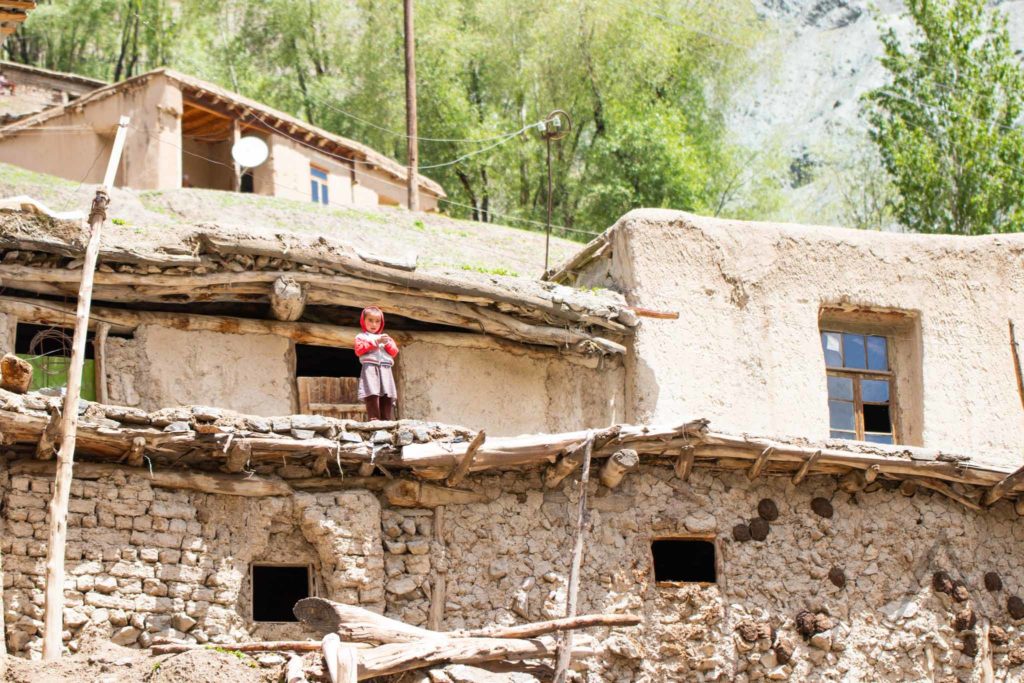
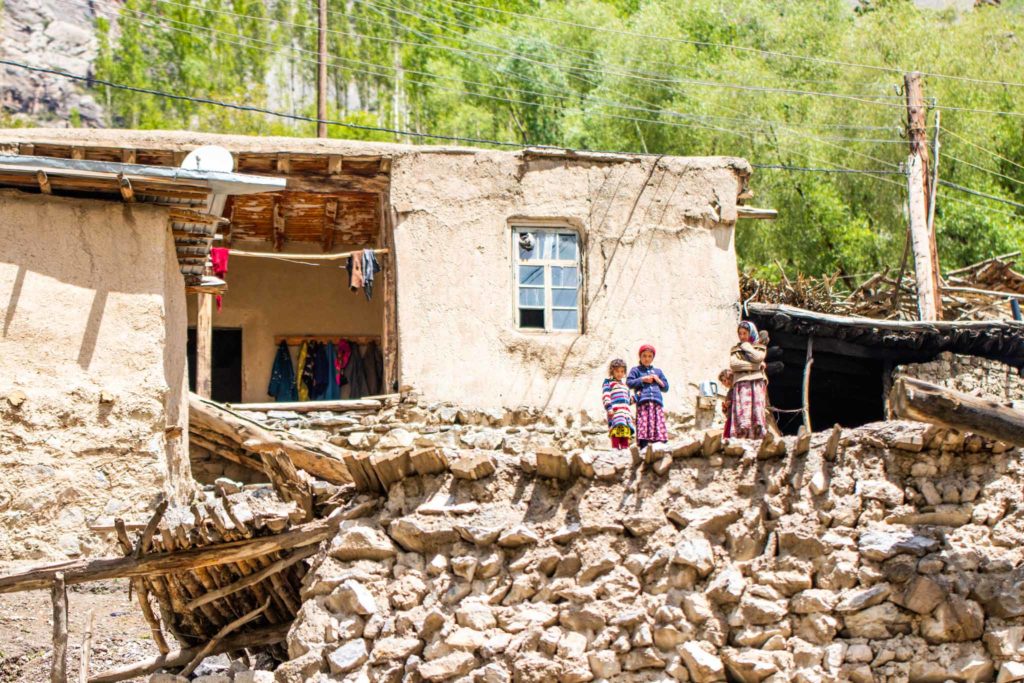
Travel to Voru
Voru can be reached driving mostly the same route as towards the Artuch camp which is the starting point for Koulikalon lakes trekking. The last part of the road to the village is a rather steep serpentine road requiring some power and possibly 4WD from the vehicle, especially during rainy weather. On the way, one can also visit the Rudaki mausoleum.
Other sights & destinations near Voru
Page updated 21.8.2022